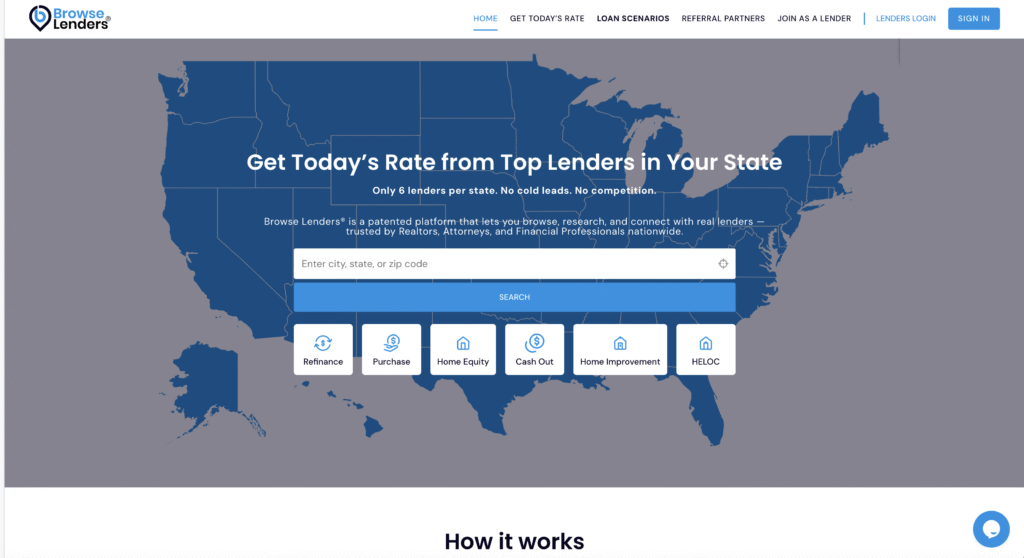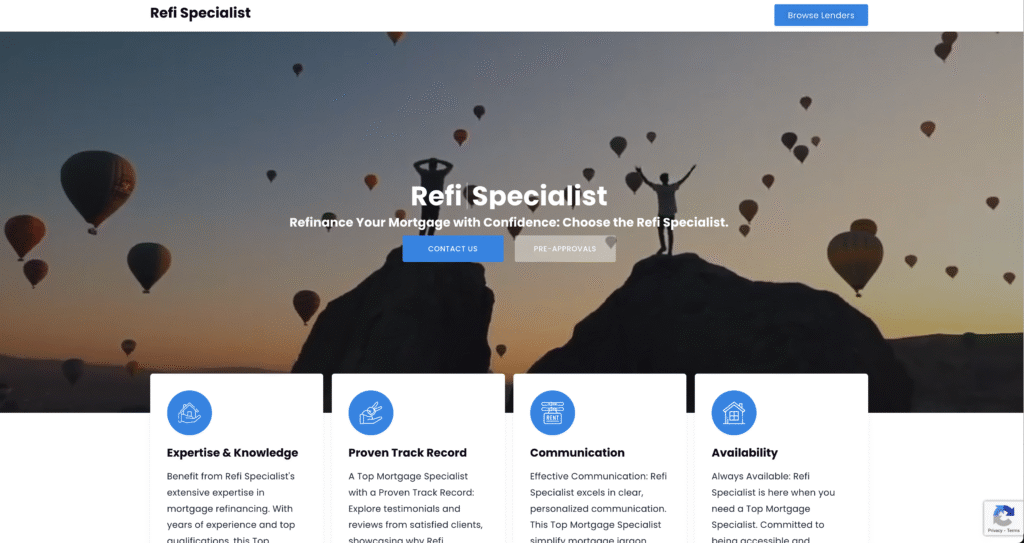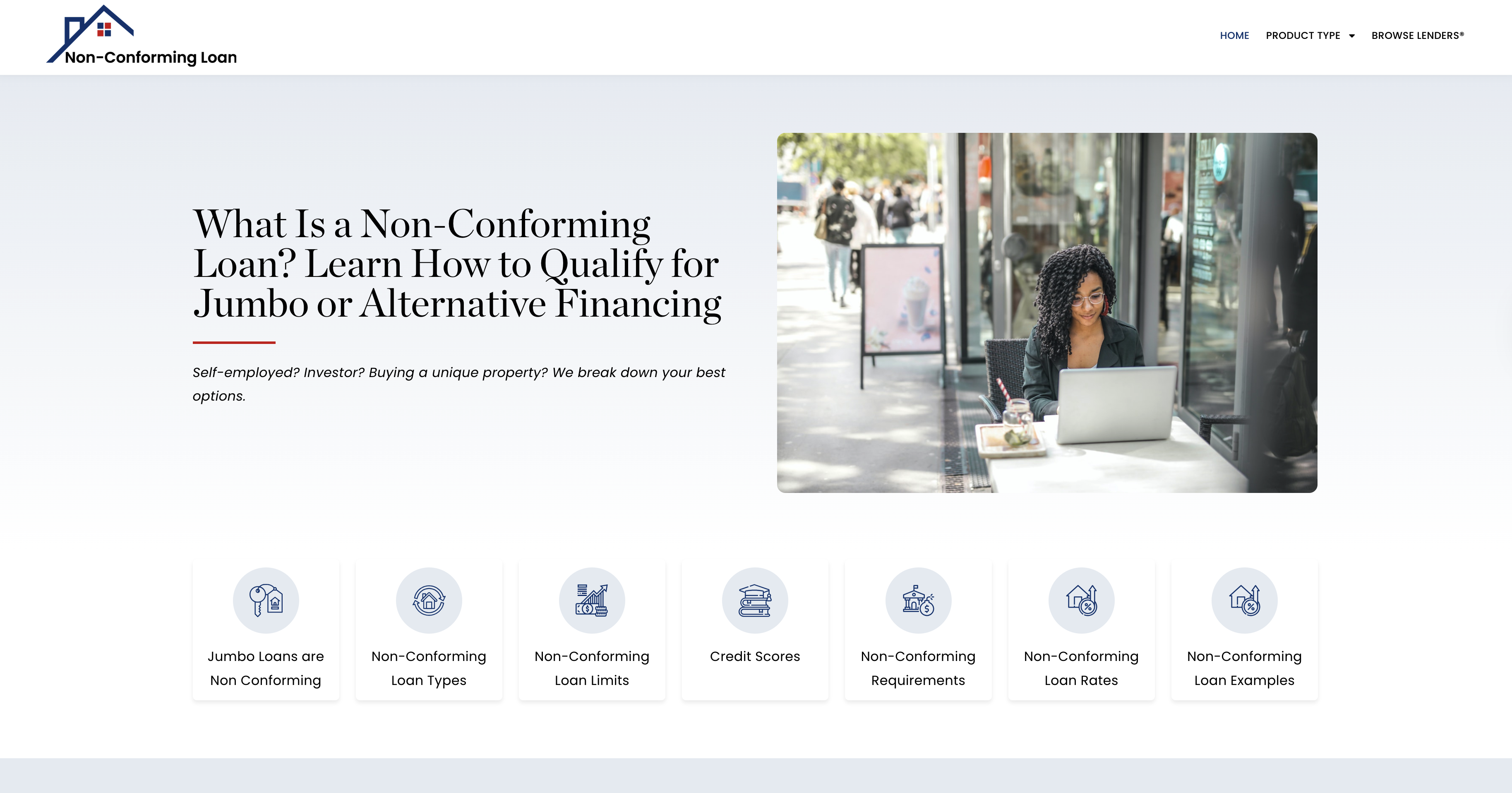A thriving business needs to have a strong credit profile to ensure financial stability and growth. A credit profile is a reflection of a business’s creditworthiness, and it can affect its ability to obtain financing, lease equipment, secure favorable terms from suppliers, and even win contracts. Building a strong credit profile requires careful attention to credit management practices and a deep understanding of what lenders and other stakeholders look for in a creditworthy borrower. In this article, we will discuss the type of credit profile needed for a thriving business and what steps business owners can take to achieve it.
What is a Credit Profile?
A credit profile is a summary of a business’s credit history, including its payment history, outstanding debts, credit inquiries, and public records such as bankruptcies, judgments, and liens. This information is collected and maintained by credit reporting agencies, which generate credit reports that are used by lenders, suppliers, and other creditors to evaluate a business’s creditworthiness. A credit profile is essentially a report card that summarizes a business’s ability to manage its finances and pay its bills on time.
What Type of Credit Profile is Needed for a Thriving Business?
A thriving business needs to have a credit profile that demonstrates financial responsibility and stability. Lenders and other creditors are looking for businesses that have a history of making timely payments, managing debt effectively, and minimizing risk. A strong credit profile can help a business secure financing, negotiate favorable terms with suppliers, and win contracts, while a weak credit profile can make it more difficult to obtain credit and limit growth opportunities.
To build a strong credit profile, a business should focus on the following factors:
- Payment history
The most important factor in building a strong credit profile is having a history of making timely payments. Late payments can have a negative impact on a business’s credit score, which can in turn make it more difficult to obtain credit. To avoid late payments, businesses should develop a system for tracking their bills and payments, and make sure that all bills are paid on time.
- Credit utilization
Another important factor in building a strong credit profile is managing credit utilization effectively. Credit utilization refers to the amount of credit a business is using relative to its credit limit. High levels of credit utilization can be a red flag to lenders, as it suggests that a business may be overextended and unable to manage its debt effectively. To maintain a strong credit profile, businesses should aim to keep their credit utilization below 30% of their available credit.
- Length of credit history
The length of a business’s credit history can also have an impact on its credit profile. Lenders and other creditors prefer to work with businesses that have a long history of credit management, as it suggests that the business has a track record of responsible financial behavior. To build a strong credit history, businesses should start establishing credit early and maintain good credit practices over time.
- Credit diversity
Having a diverse credit portfolio can also help build a strong credit profile. Lenders and other creditors like to see that a business has experience managing different types of credit, such as revolving credit lines, term loans, and equipment leases. Having a variety of credit types can demonstrate that a business is financially stable and able to manage its debt effectively.
- Public records
Finally, a business’s public records can also have an impact on its credit profile. Bankruptcies, judgments, and liens can all have a negative impact on a business’s credit score and make it more difficult to obtain credit. To maintain a strong credit profile, businesses should work to avoid public records whenever possible.
The number 3 steps in to building a Strong Credit Profile:
To build a strong credit profile, businesses should take the following steps:
- Establish credit early: Start building credit as soon as possible by opening a business credit card or small business loan.
- Strategically open additional credit cards with the help of a credit expert of credit restoration company.
- Pay all your debts in a timely fashion as a business credit profile is monitored when payments are made timely. If possible, pay the the outstanding balances off monthly.






